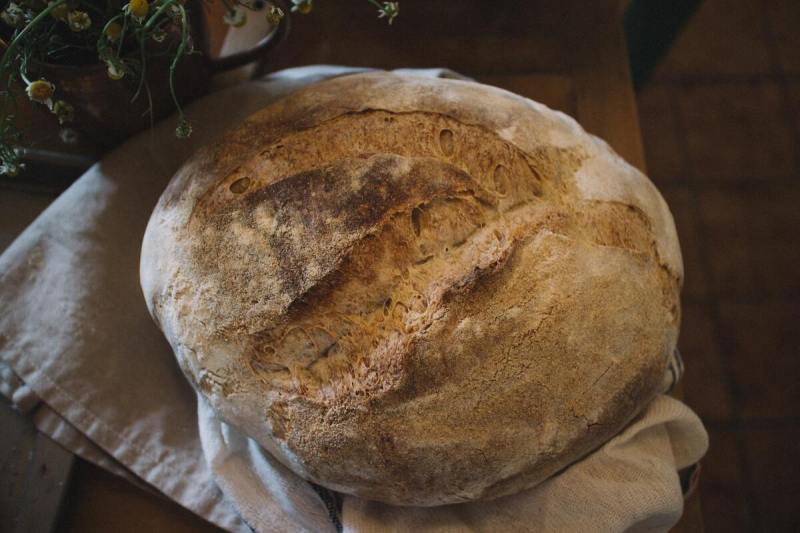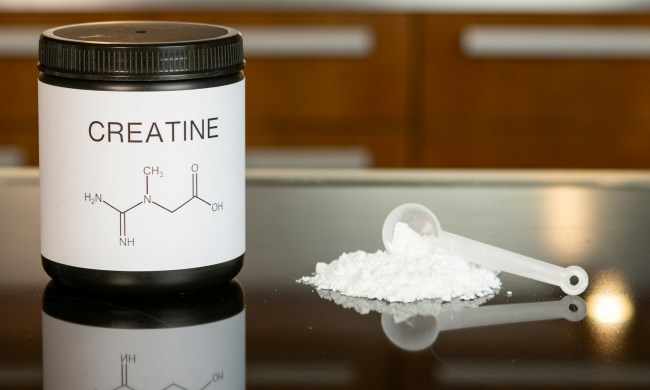As more and more research begins to surface about the importance of a healthy gut microbiome, there is one type of food that can vastly affect this in a positive way. One of the best ways to do so is to improve digestion through a diet with foods high in probiotics.
If you’re looking for one of the most effective ways to improve your digestion while simultaneously improving nearly every other aspect of your health — from the appearance of your skin to your anxiety levels, ability to sleep, and strength of your immune system — you can’t go wrong by delving into the world of probiotics. Probiotics are functional microorganisms, such as beneficial bacteria and fungi, which confer various health benefits to your body by supporting the helpful microbes residing in your gut.
Probiotics can be ingested in the form of supplements, but an even better way to obtain them is by consuming foods that naturally contain probiotics. Fermented foods, such as yogurt and sauerkraut, are high in probiotics. Foods high in probiotics contain the beneficial strains of healthy bacteria that can improve gut health and immune function, and reduce inflammation, thus improving your overall gut microbiome. Next time you’re making your grocery run, make sure to grab these probiotic-rich foods below to add to your diet that may be the easiest “big” thing you can do to improve your health.

Yogurt
Yogurt may be one of the more approachable fermented foods and a favorite breakfast, lunch, or smoothie add-in for many guys. When topped with healthy cereal, nuts, seeds, or fruit, yogurt can be a filling, well-rounded meal or snack.
Although not every type of yogurt on the shelves contains active or live cultures, there are many probiotic-rich yogurts, thanks to the fermenting process where good bacteria like Lactobacillus and Bifidobacterium species turn milk into yogurt. Yogurt and dairy foods are also good sources of protein, calcium, as well as tryptophan and melatonin, which can help you fall asleep at night.
When selecting yogurt, look for organic dairy options to avoid hormones and chemicals and steer clear of ones with added sugars.
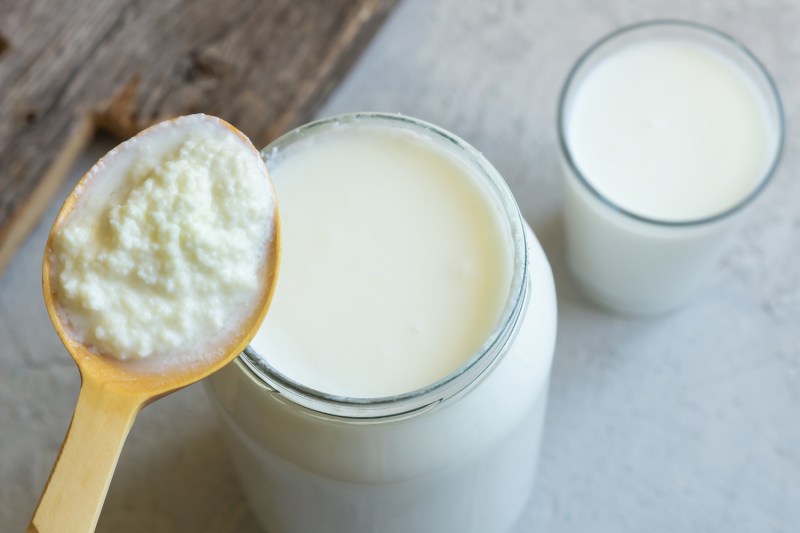
Kefir
Kefir is creamy, fermented milk with a slight effervescence. It is made by adding kefir “grains,” which are actually cultures of lactic acid bacteria and yeast rather than cereal grains, to cow or goat milk.
Kefir tends to be well tolerated by those with lactose intolerance and may even improve your ability to digest lactose. This is likely due to the fact that kefir contains natural digestive enzymes, such as lactase (which helps break down lactose), lipase, and protease, as the fermentation process produces these enzymes.
Kefir has been shown to stimulate the immune system and help populate the gut with healthy microbes. It also has antimicrobial properties that allow it to inhibit the growth of pathogens by producing certain acids and alcohols and competing for nutrients.

Miso
We may be most familiar with miso soup, but miso soup is actually a soup made with miso. Miso is a Japanese paste with a somewhat salty, umami, nutty flavor. It is made by fermenting soybeans with koji, a type of fungus, and salt, and it comes in different colors and is used as a seasoning. The fermentation process used to make miso produces not only gut-healthy probiotics but also digestive enzymes like lactase, lipase, amylase, and protease.
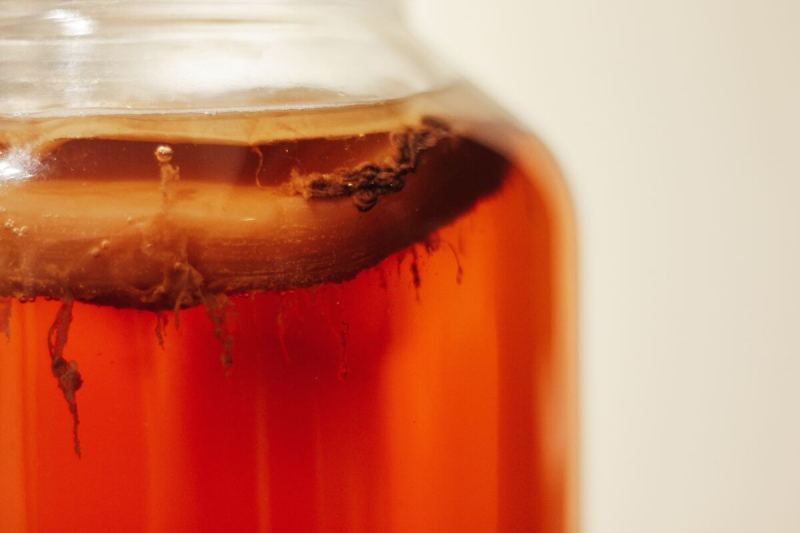
Kombucha
Kombucha is a fermented tea made by fermenting black or green tea with bacteria and yeast. It has a bit of an effervescent bubbliness to it, which is due to the gasses produced as the bacteria ferment the sugars added to the tea. There is also a trace of alcohol produced as a byproduct.
Particularly when made with green tea, kombucha can provide many health benefits due to the antioxidants found in green tea. For example, it may help regulate blood sugar, reduce the risk of certain cancers, decrease inflammation, and increase metabolic rate.
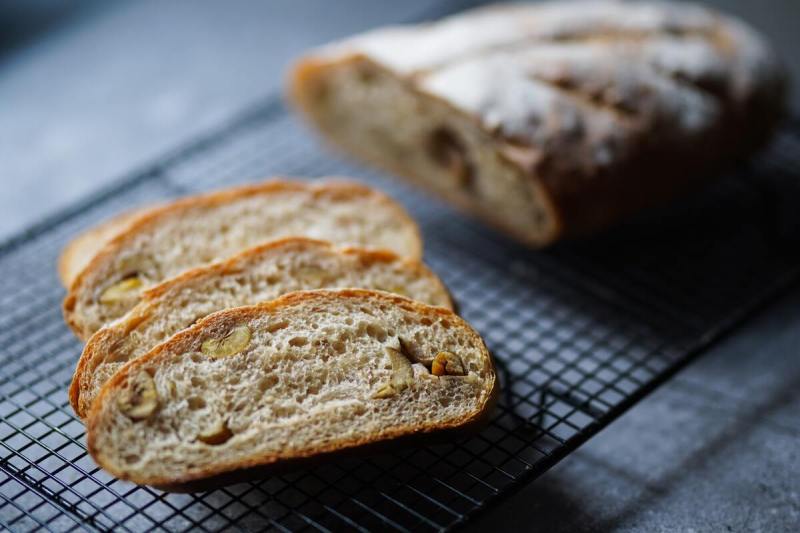
Sourdough bread
Making your own sourdough bread became a hot trend in 2020, as home bakers started experimenting with their own fermentation processes. Unlike most other types of bread, sourdough relies on a fermented starter made from lactic acid bacteria and yeast. This creates cultures that impact the characteristic sour flavor, along with healthy probiotic bacteria. Sourdough bread is also rich in complex carbohydrates.

Sauerkraut
Sauerkraut is a shredded, preserved, and salted cabbage slaw that has been shown to improve gastrointestinal symptoms and support the gut microbiome. It is a traditional food that has been enjoyed in many European countries for years, often as a side dish, condiment, or topping.
Sauerkraut has a tangy, salty, sour taste and is sometimes seasoned with fennel seeds, carrots, or other vegetables, cumin, celery seed, or other spices. In addition to gut-healthy probiotics, sauerkraut is rich in vitamins C, B, and K, along with the essential minerals iron and manganese. Skip the pasteurized options, though; the live probiotics are only present in the raw and unpasteurized forms.
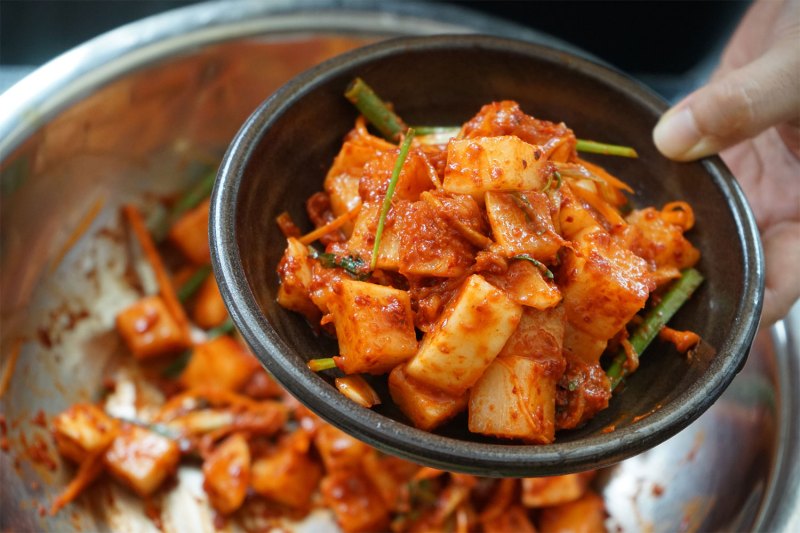
Kimchi
Similar to sauerkraut, kimchi is a brined, salted, fermented, spicy cabbage slaw, but it is usually combined with other vegetables and has a spicy and complex flavor profile, with ingredients like chili, ginger, scallion, and garlic. Kimchi is rich in Lactobacillus kimchii, a probiotic bacteria that have been shown to help reduce inflammation and improve digestion. It also provides vitamins K and B and iron, which are necessary to transport oxygen throughout the body.

Natto
Natto is a sticky, fermented soybean product that originates in Japan and has a funky smell and taste. While it might be a bit of an acquired taste, natto can be seen as a nutrient-dense superfood. Natto is very high in vitamin K2, which is difficult to find in most foods, and it contains a probiotic bacterial strain called Bacillus subtilis. Because natto is made from soy, it also provides protein, fiber, and phytonutrients.

Buttermilk
Regular buttermilk in the dairy section of your grocery store probably does not contain probiotics. That is a cultured product. Rather, traditional buttermilk, often called “grandma’s probiotic,” is a drink that is popular in Nepal, India, and Pakistan, though you may be able to find it in the U.S. It is the liquid that remains after making butter, and it is packed with probiotics, calcium, phosphorus, and vitamin B12, an essential nutrient for energy generation and nerve conductivity.
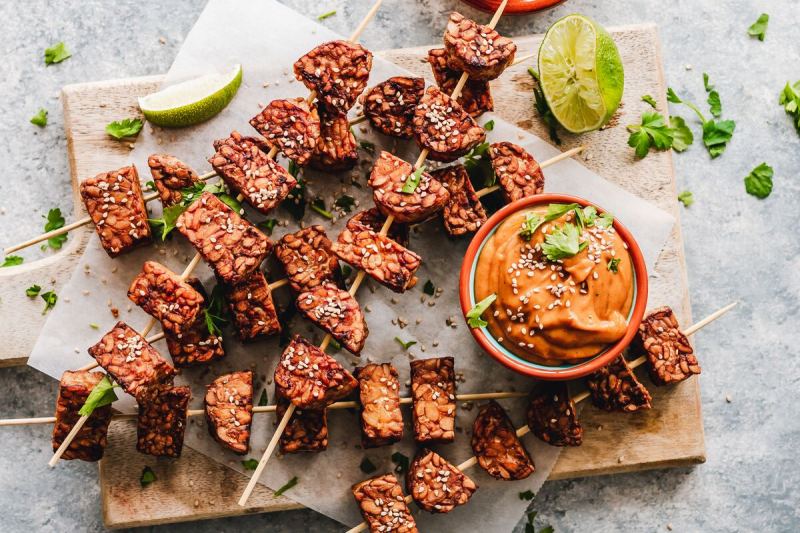
Tempeh
Tempeh is a fermented soy product with a slightly nutty, umami taste. It has more of a toothsome bite than tofu and is slightly higher in vitamin and mineral content. The fermenting process increases the bioavailability of some of the nutrients in the soybeans and reduces the anti-nutritive effects of the phytic acid found in legumes, which are thought to reduce the absorption of nutrients such as iron.
There is evidence to suggest it has anti-inflammatory and gut-supporting properties, and as it is made from soy, it may support prostate health. It can be enjoyed like any meat or tofu by seasoning it and then grilling, sautéing, baking, or frying it.

Pickles and pickled vegetables
Just as the fermentation process to make sauerkraut essentially makes the product pickled cabbage, pickling or fermenting any vegetable can create probiotics in the food. Whether enjoying classic pickled cucumbers or pickled beets, pickled asparagus, pickled green beans, pickled carrots, pickled cauliflower, or anything in between, pickled vegetables can be a good source of probiotics. The key is to be sure the pickled product is unpasteurized, as pasteurization kills the beneficial bacteria.
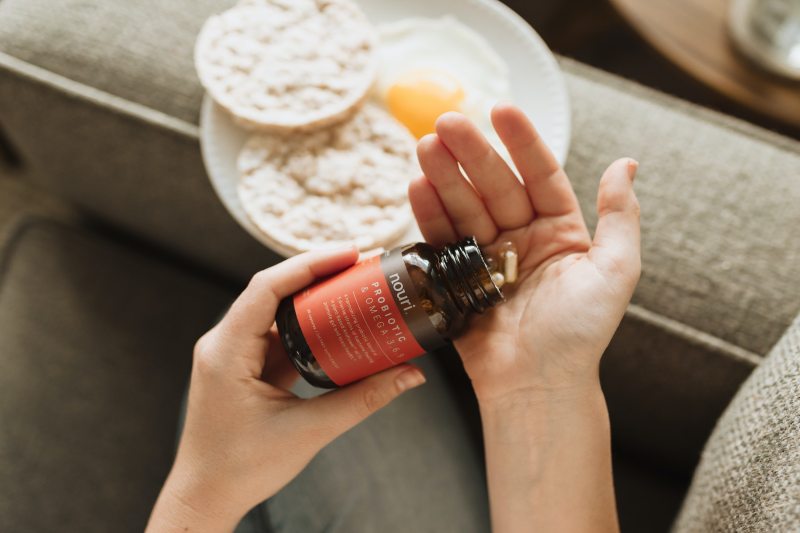
Should I take a probiotic supplement?
While you can certainly include many probiotics in your daily diet through the foods listed above, they aren’t necessarily as common in the average person’s diet as other foods. Because of this, it may be easier to take probiotic supplements in order to reap all the benefits that probiotics can provide.
There are numerous brands available, so be sure to research your options and look into honest reviews. A general recommendation is to make sure the supplement provides at least 1 billion colony-forming units.
Something for everyone
Simply by adding in some fermented whole foods, you can drastically improve your overall well-being. Whether you’re looking for something vegan, something spicy, something creamy, something starchy, or something in between, these are the best around.
